Canning (Soaked) Dried Beans
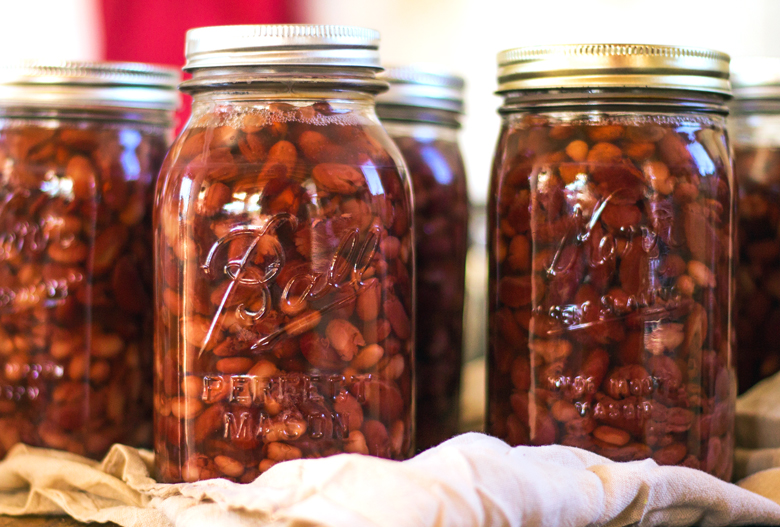
Sometime last year I came upon several boxes of bagged dried beans. These were fairly old and, after trying a few pounds, I found them quite tough even after a long simmering.
At this same time I happened to have a neighbor coming over to help out with household chores (ahem, dishes) while I was recipe testing. She mentioned that her Mom had canned a bunch of old dried beans and that the long cook in the pressure canner softened them right up.
Well, it wasn’t until fall that I finally got around to it and it isn’t until several months later that I am now sharing this process with you all. (Have I ever told y’all that I procrastinate a lot and forget continuously and that you do not want someone like me in charge of anything that requires attention to detail or any type of precision… at all?)
Thankfully I have not had a canning endeavor go south thus far so I tell you that because I forgot to write down my process, not because we all got botulism. Again, thankfully.
I was talking to Susan about this a couple of weeks ago and confidently told her I filled the jars with approximately 1 1/4 cups of soaked beans. Confidently. And then I dug through the photos and found photographic evidence that I can’t remember a thing. Those jars were filled to at least two cups, y’all!
I now think that the 1 1/4 cup amount was used for canning dried beans but that is when no soaking is employed (see below).
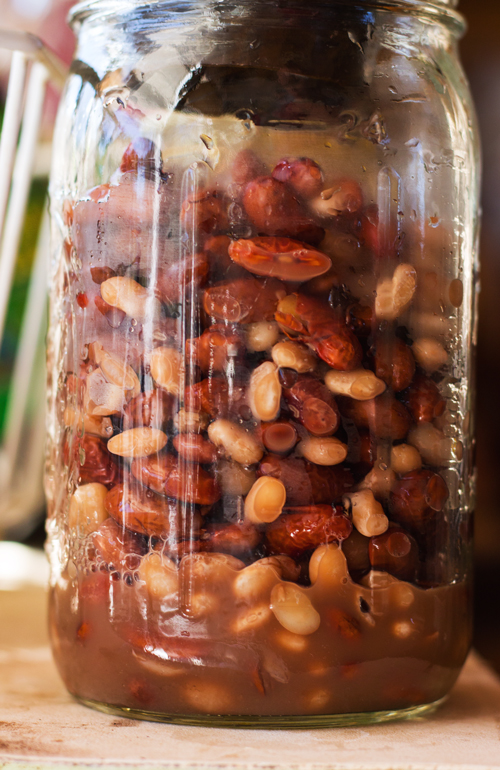
So, instead of throwing out a tutorial I will first share my basic process and then several resources that got me through canning boxes and boxes of dried beans with nary a case of botulism.
My Process for Canning Dried Beans
- Soak beans in plenty of filtered water for 24-48 hours.
- Drain beans.
- Loosely pack into jars and fill remainder of jar with water (broth would also work), leaving head space.
- Process in pressure canner according to directions below.
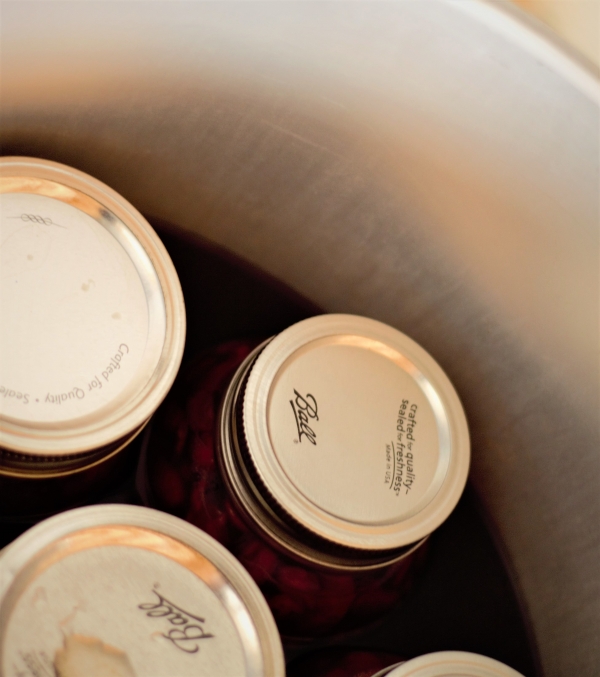
Canning Dried Bean Resources
These are the main sites I looked at and, as usual on the internet, there is conflicting advice.
- National Center for Home Food Preservation has their recommendations.
- Home Joys is a lovely little blog with a great tutorial on how she cans beans. She also has some great sourdough recipes.
- Learning and Yearning soaks, cooks, and then cans the beans which is probably a very accurate way to do things so that you know exactly how much you are packing in your jars.
By the way, I have also skipped the soaking method when time is short. If you assume most dried beans triple in size once hydrated and cooked, approximately 1 1/4 – 1 1/3 cups of dried beans can be packed into jars, covered with water, and processed as is. In both the soaked and unsoaked methods I have found the end result to be a tender bean ready in a pinch on those days I’ve forgotten to start soaking a pot the night before.


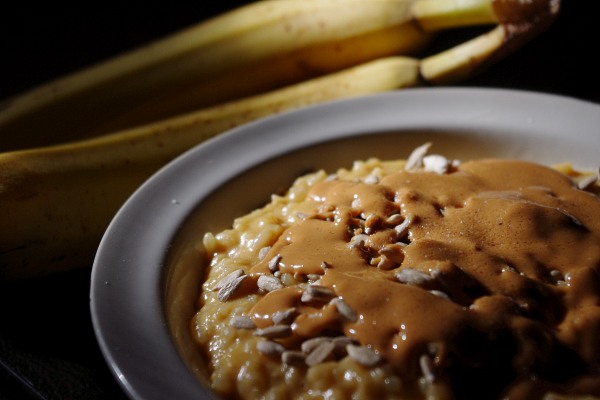
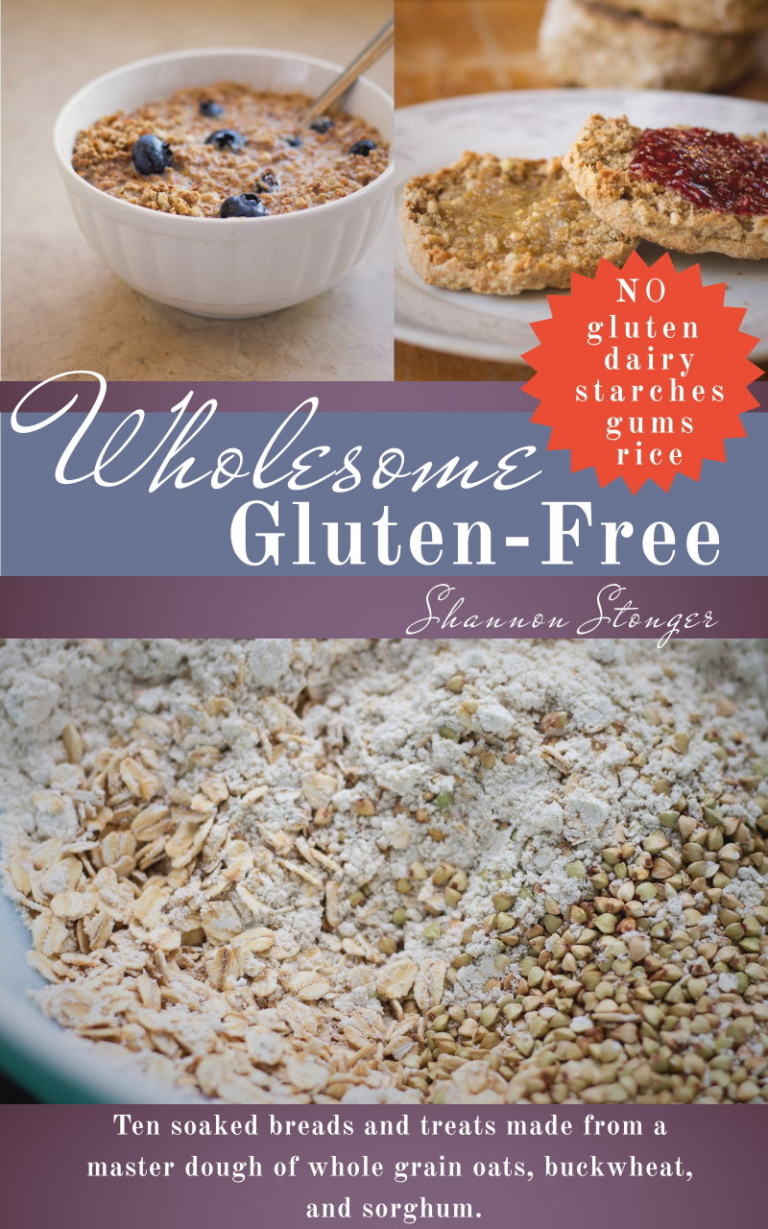
Shannon, I’ve been doing this for years, and the recipe I’ve always used is 2/3 cup beans per pint or 1 1/2 cup beans per quart. Fill with water within 1 inch of headspace. Pressure can for 75 min pints and 90 min quarts at 10 lbs pressure (although I am in OH, not sure what TX recommends.). The only variation for this I have found is lima beans, which swell so much more, so I would reduce the beans and increase the water for these.
Happy canning!
I will try this. I have had good luck canning beans. Right now I have about 200 lbs. Of old beans that don’t want to get soft.
Oops, I forgot to mention that I add the beans to the jars completely dried, no soaked.
When I can dried beans or peas, I soak them. I soak them for about 48 hours and then can them. I have canned them without soaking them but I just cannot get them packed as accurately as those that are soaked. I also add onions and peppers to some of my beans. If I am canning dried beans on the same day or near the same day that I am making either rotel or picante sauce, I take any of the leftover and add to the beans. This year, after the rush for dried peas for New Year’s Day ended, Walmart and Dollar General were practically giving away the peas that weren’t sold and I filled my cart. I brought them home and canned them up and now, I have little pint jars of black eyed peas that are better than any canned ones in the store.